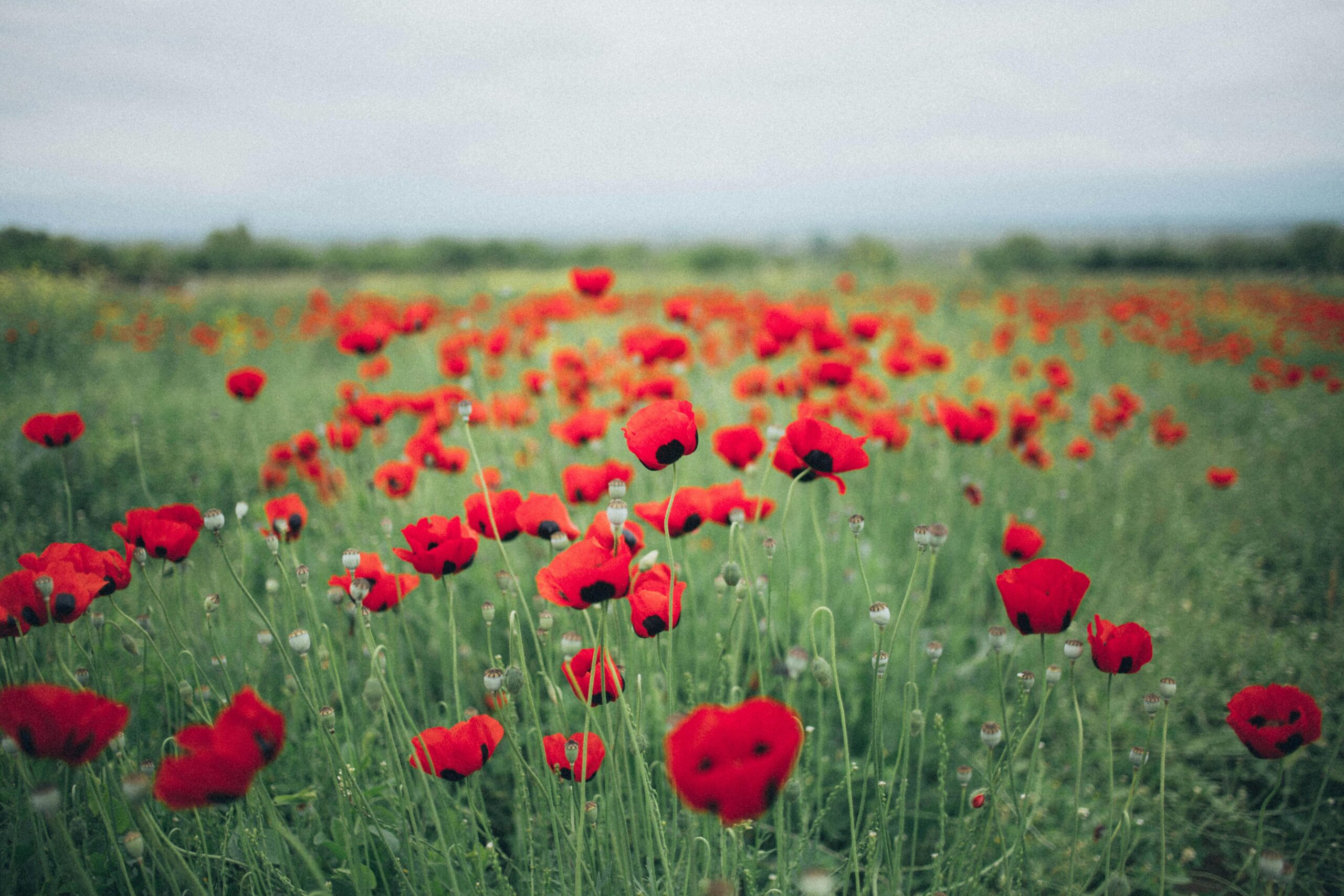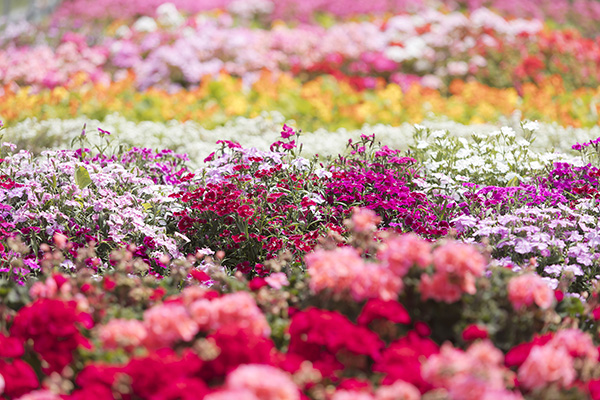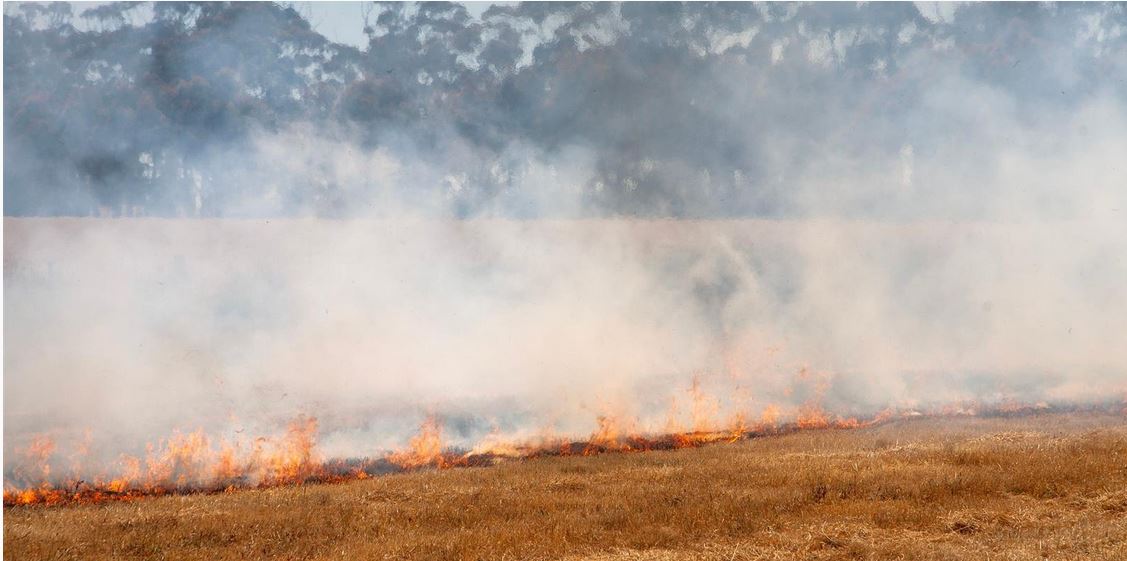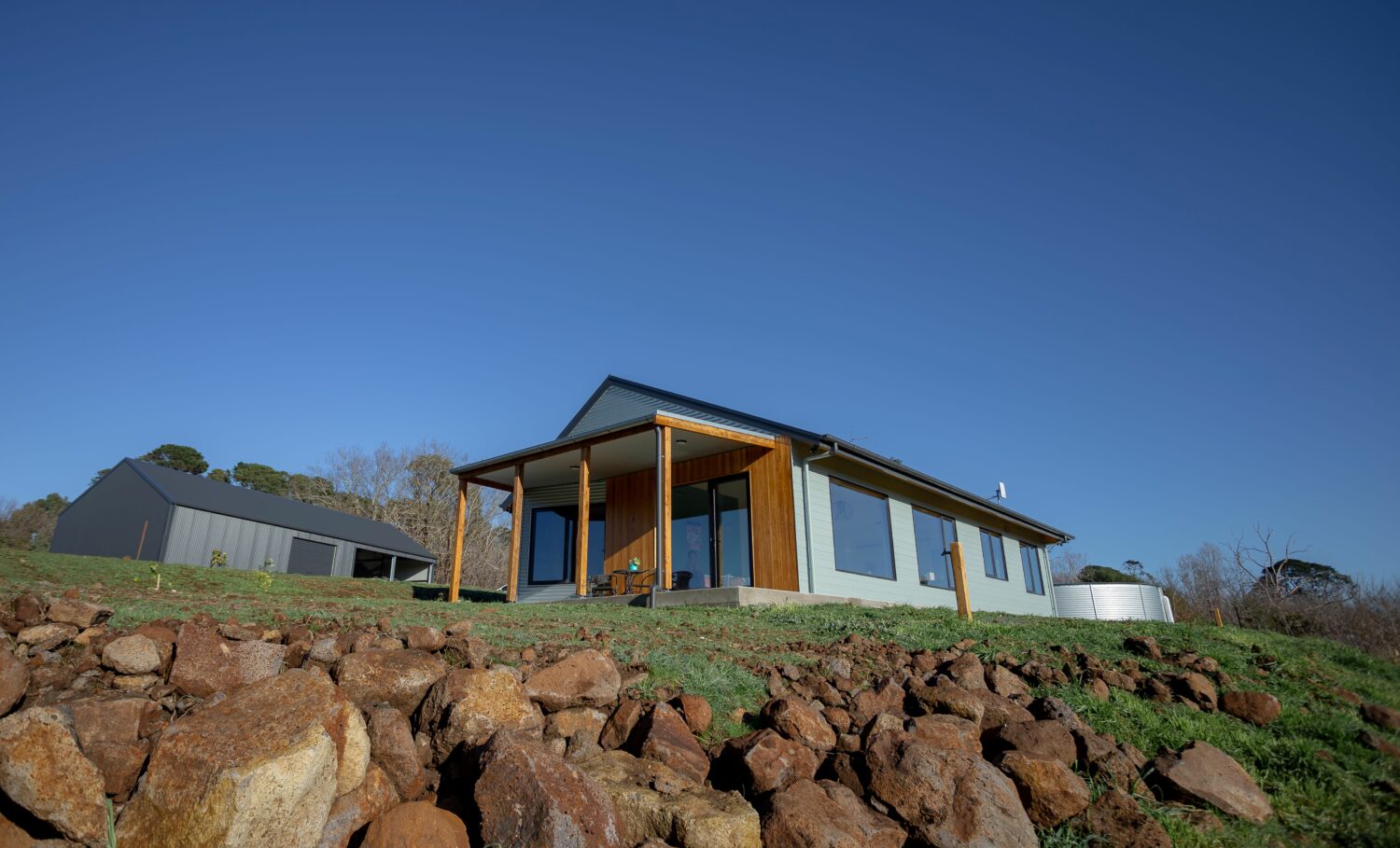September 21st, 2020Glen, About the house
Sorry about that, but this damned silly doggerel springs to mind every year at this time of awakening in the garden – a time of golden daffodils, hyacinth and tulips. That very special time when the gaunt, bare branches of our deciduous trees and shrubs are clad with plump buds which are suddenly about to be clad with fresh, new leaves, and, the air is filled with the sounds of birds. Even my love-lorn, little spotted pardalote friend has returned, with his persistent love song seeking that ever elusive mate.
A blooming season
Most pleasing however, this rain-enhanced Spring, is the promise of a bountiful display from such flowering trees and shrubs as azaleas, camellias, lilacs, magnolias and rhododendrons. Our ancient rhododendrons, and the multicoloured camellia copse at our gate, are currently laden with buds.
One special delight is our three-year-old dwarf camellia, Wirlinga Bride (pictured) which, for the first time, has covered itself with its delightful, glistening, white little flowers.
The original, tiny-flowered camellia lutchuensis species, a native of Southern China, Taiwan and Japan, seems relatively unknown to local gardeners compared to the more popular chinensis and sasanquas. However its sturdy but compact growth, and fragrant blooms, have made it the foundation of many extremely popular hybrids including Wirlinga Bride. This, unlike most of its dwarf cousins, produces willowy drooping branches which makes them perfect for training as a miniature, almost bonsai, weeping tree.
Sweet soil
Correct soil acidity is an important yet often neglected aspect of good soil management. Except in the extreme cases where such plants as camellias, rhododendrons, magnolias and gardenias need a truly acidic soil, most plants grow best in a neutral to slightly acidic soil.
In neutral to alkaline soils, the soil pH level – a measurement of soil alkalinity or acidity, can naturally rise for various reasons but the most common is high rainfall where excessive water leaches lime from the soil. Alkalinity can also be countered by the use of peat moss, ammonium sulfate-rich fertilisers and, to the delight of my fellow caffeine enthusiasts, tea leaves and coffee grounds. (Another recycling exercise.)
On the other hand, a highly acid soil is not always welcome. Continuous cropping necessitates constant use of manures and compost to help decompose any organic matter, resulting in all available lime being used up.
Lime is the most used product to correct soil acidity. This is called sweetening the soil as it makes the soil more conducive to healthy plant growth. The careful application of lime simply returns the pH to a more neutral position where all available plant food can be released from the soil. In addition, a neutral pH level encourages earthworm colonies to multiply and so further improve the soil structure. Lime helps in the decomposition of organic matter as well as assisting clay soils to become more friable. It also contains calcium and magnesium, two plant foods important to plant health.
Heavy clay soils usually result in oxygen starvation, reduced solubility of the important plant nutrients and subsequent destruction of some of the desirable soil organisms. Many gardens in this area, including mine, are prone to a shallow clay sub-structure, which as well as being almost physically impenetrable, does nothing to allow water to reach the fine feed roots of plants. Gypsum is a great material to dig in to break up clay. This can also be obtained in liquid form from most garden suppliers.
If you wish to find out and control the pH levels of your garden soil, simple and inexpensive litmus paper pH kits are available from most garden outlets and, for the technically-minded, electronic probe meters can be had online by consulting your favourite browser.
Got a gardening question? Ask Glen. Email glenzgarden@gmail.com









